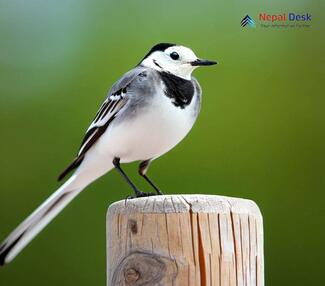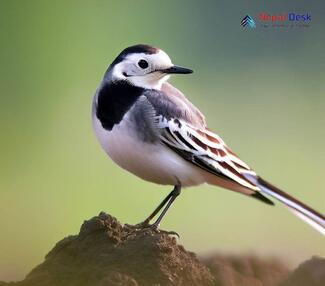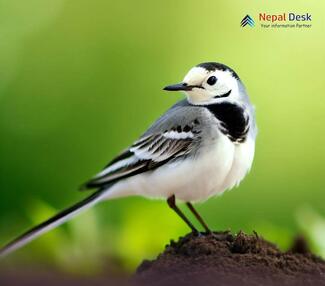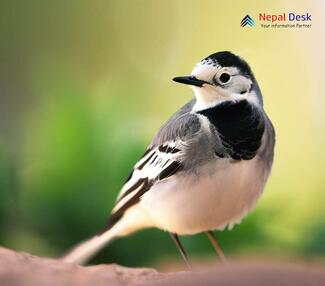The White Wagtail (Motacilla alba) is a strikingly beautiful small passerine bird that has captivated birdwatchers and nature enthusiasts alike. With its charming plumage, energetic demeanor, and unique habits, it's no surprise that this avian wonder has garnered a dedicated following. In this article, we'll delve into the fascinating world of White Wagtails — from their physical characteristics to their nesting sites and intriguing presence in Nepal.
Appearance and Habitats of the White Wagtail
Instantly recognizable by their black-and-white plumage, White Wagtails have a slender build with a long tail that moves incessantly. Males possess an all-black cap and nape, while females exhibit a grayish-black coloration in the same areas. Although they're primarily insectivores, these agile birds are also adaptable enough to feed on a variety of other foods — including seeds and small invertebrates.
White Wagtails thrive in an extensive range of habitats throughout Eurasia and Africa. Typically found near water sources in both urban and rural environments — such as riversides, lakeshores, and wetlands — their versatility allows them to flourish in diverse settings.
Nesting Sites and Breeding Season
During the breeding season, which usually spans from April to August, White Wagtails construct their nests in alcoves close to water sources. They utilize an assortment of materials for their nests' construction, including grasses, twigs, leaves, and even man-made debris like paper or plastic — emphasizing their adaptability.
These skilled architects often conceal their intricate nests near bridges or buildings' ledges to protect them from potential predators like raptors or snakes. After laying around four to six eggs, both parents partake in the incubation process to ensure successful hatching.
The Allure of White Wagtails in Nepal
Interestingly, the White Wagtail's presence in Nepal has a special significance for both locals and international birdwatchers. Nepal's varied topography and diverse avifauna attract researchers, nature enthusiasts, and tourists seeking an encounter with these enchanting birds.
The country's water sources provide bountiful ecosystems for a multitude of bird species, including White Wagtails. In fact, different subspecies of the Motacilla alba can be observed in various regions of Nepal — from subtropical lowlands to high-altitude Himalayan zones.
Conservation and Appreciation
As we continue to learn more about the captivating White Wagtail and its unique existence in Nepal, it's crucial to prioritize its conservation. By cultivating respect for their habitats and encouraging responsible birdwatching practices, we can ensure that future generations get to revel in the delights of birds like Motacilla alba.
In conclusion, the White Wagtail's charming characteristics, fascinating nesting habits, and notable presence in Nepal make it a truly captivating bird species worth admiring. May our understanding and appreciation of these exceptional creatures usher in a new era of avian admiration!




